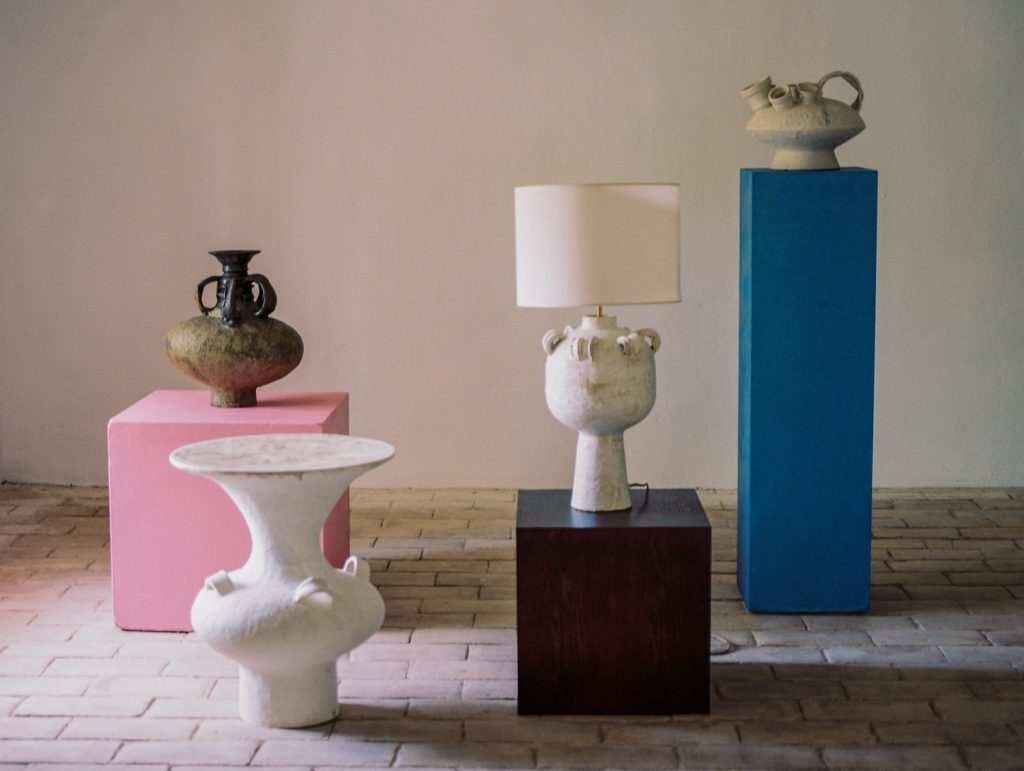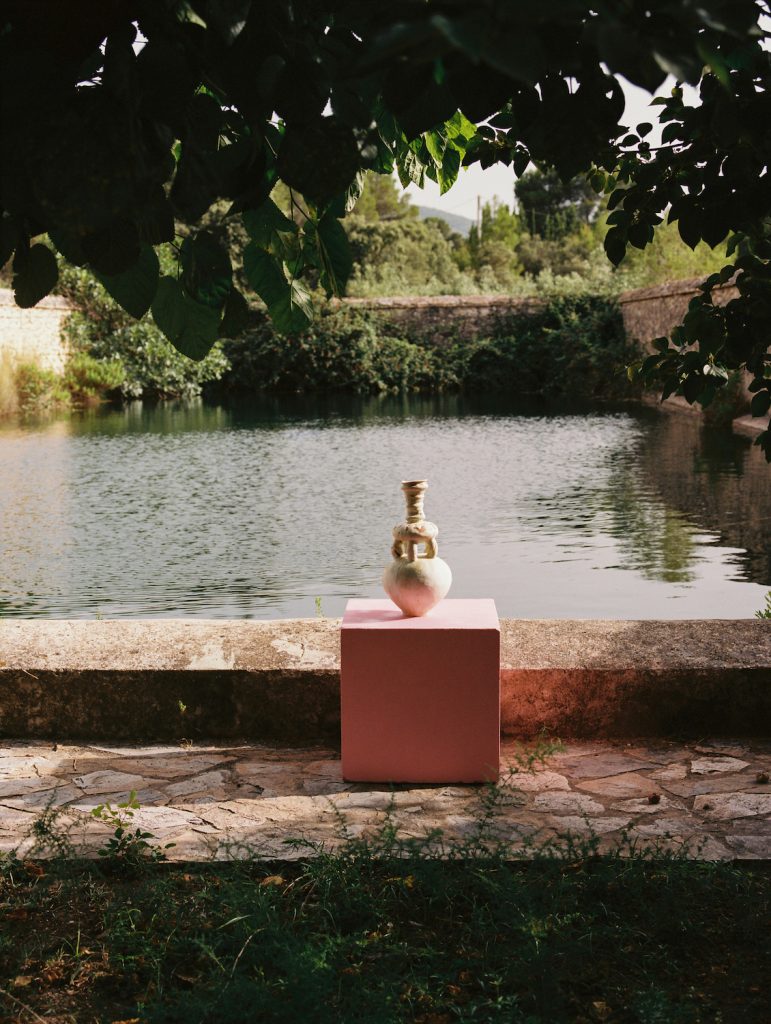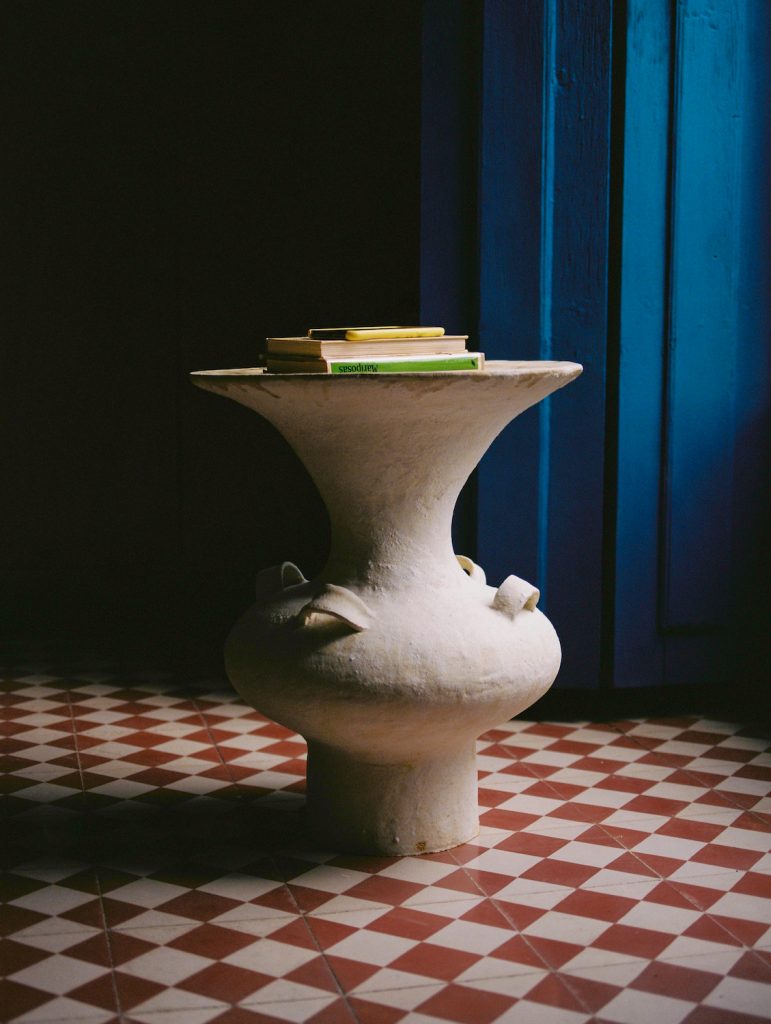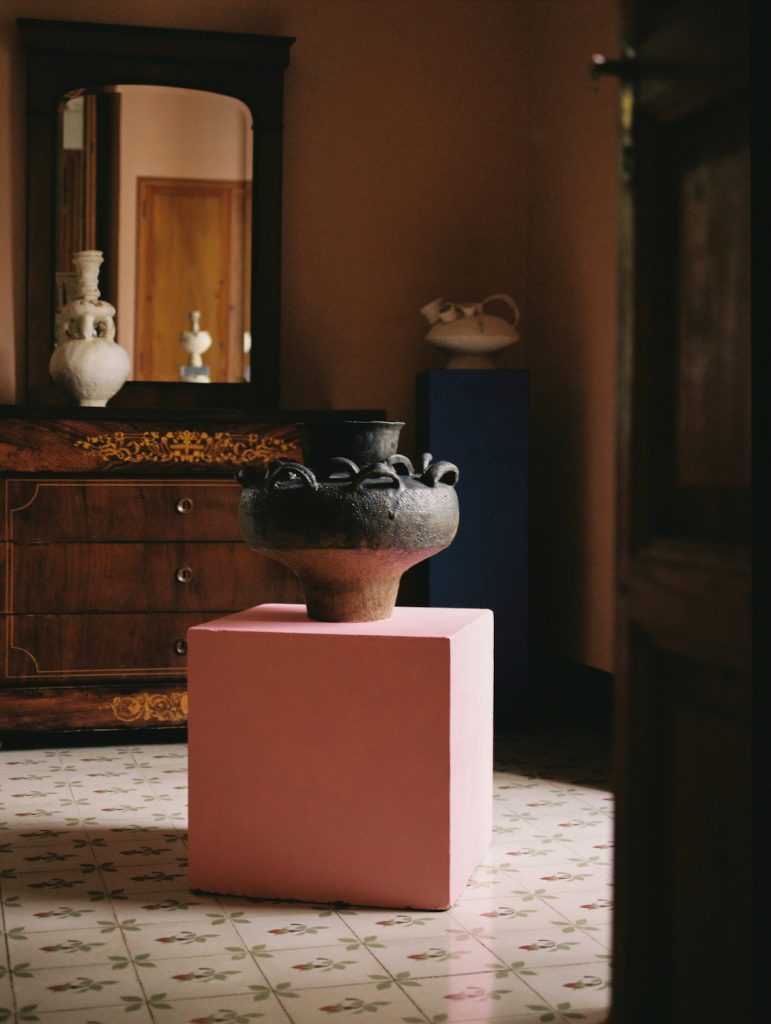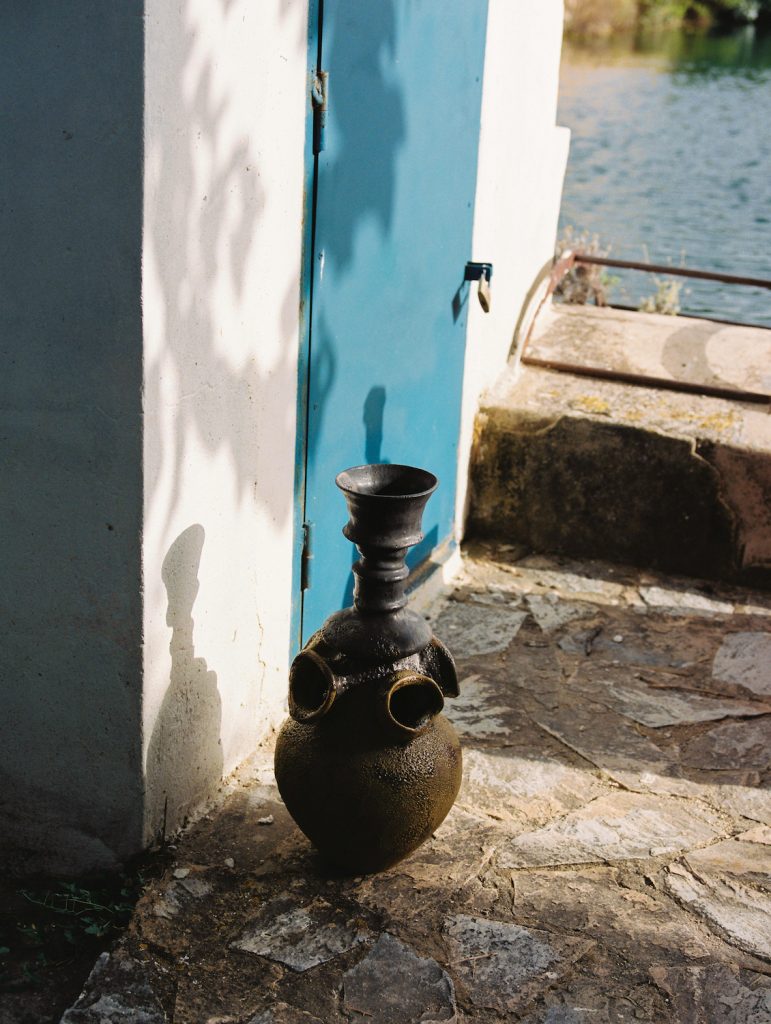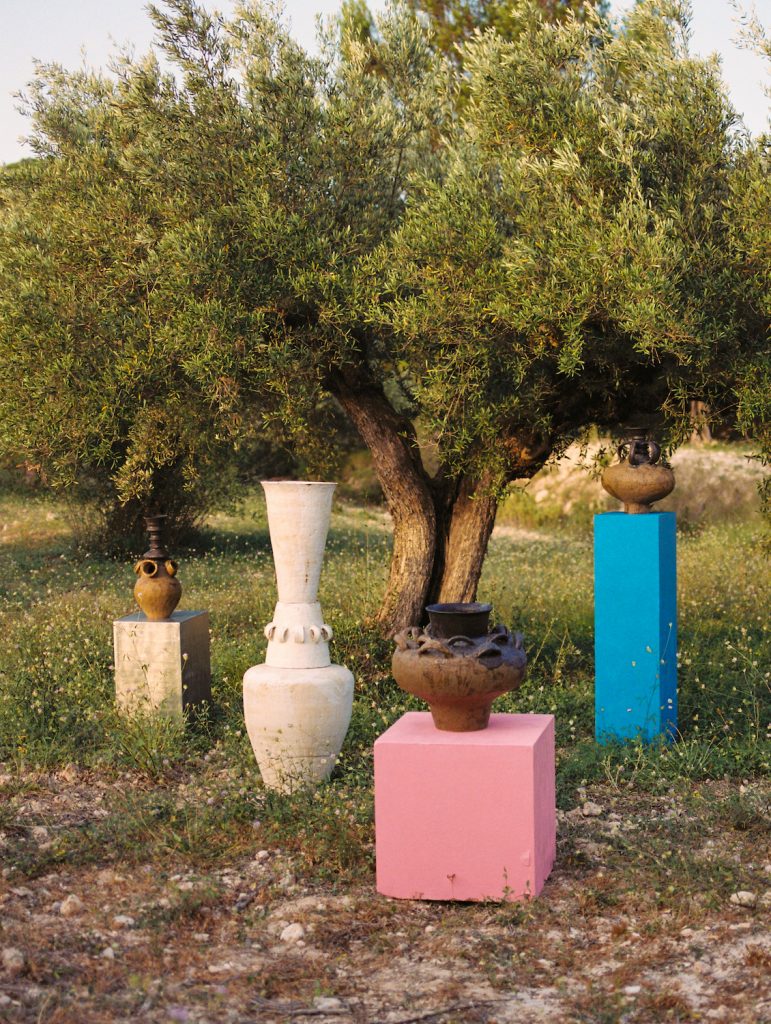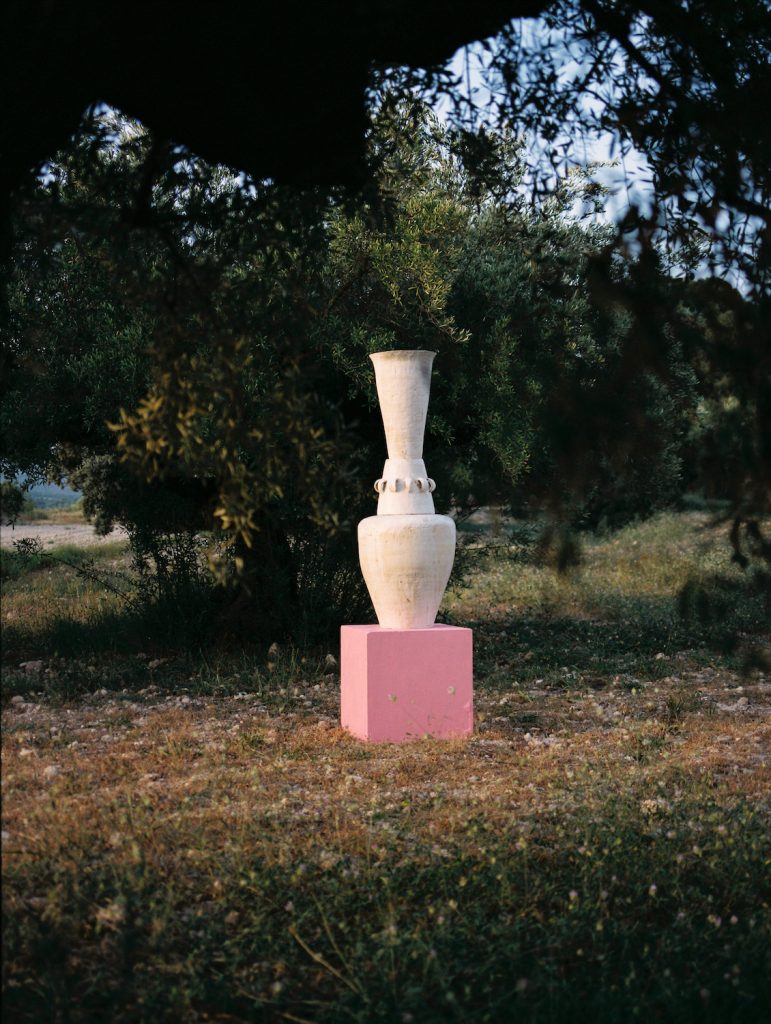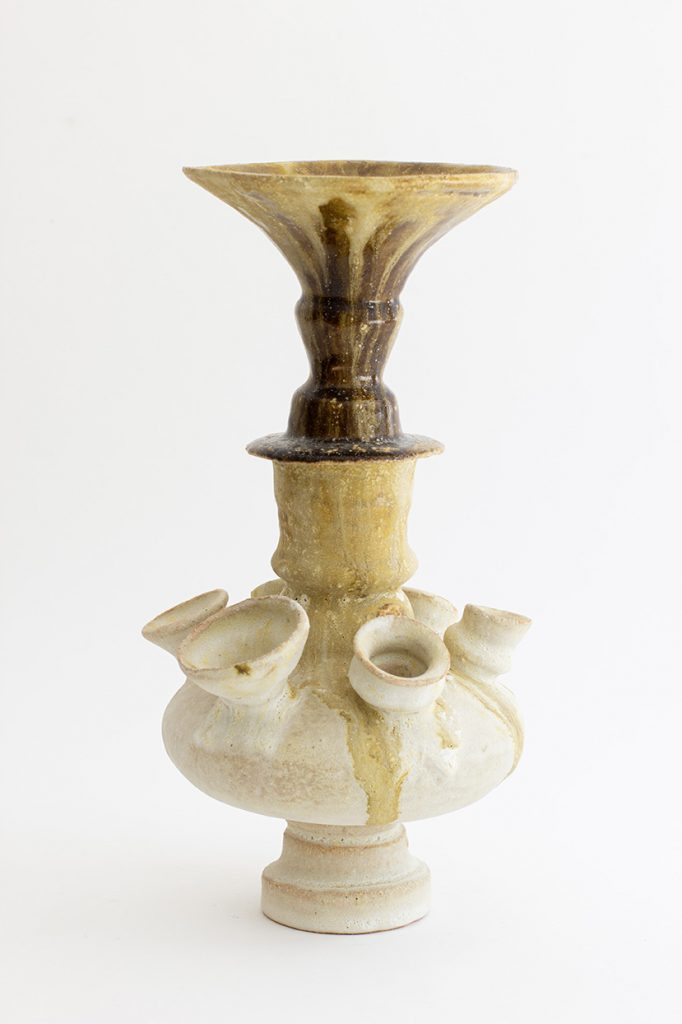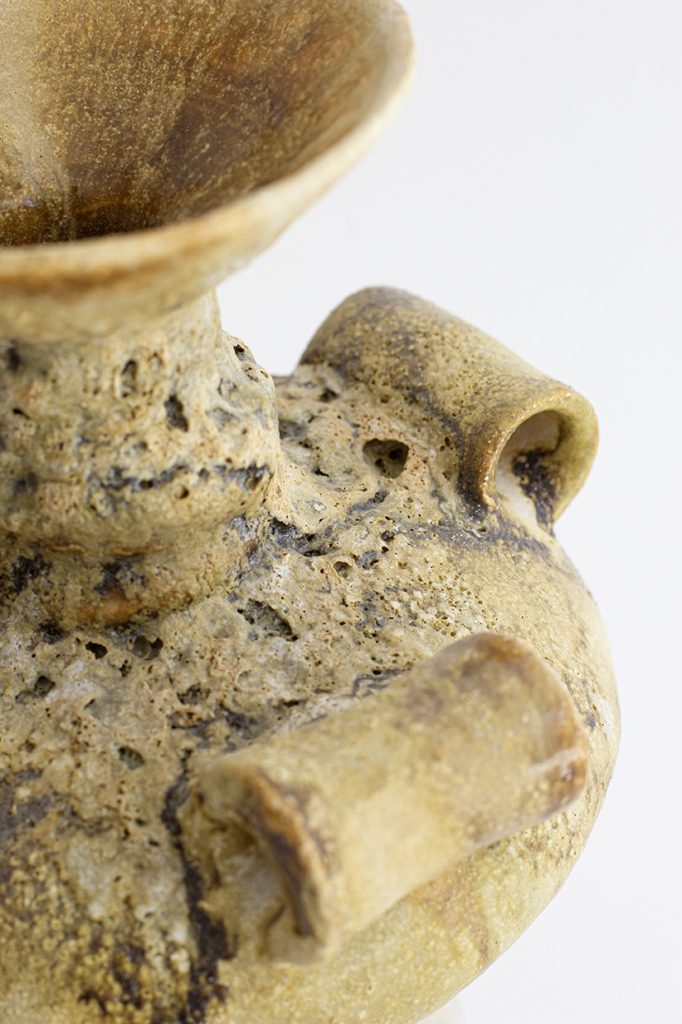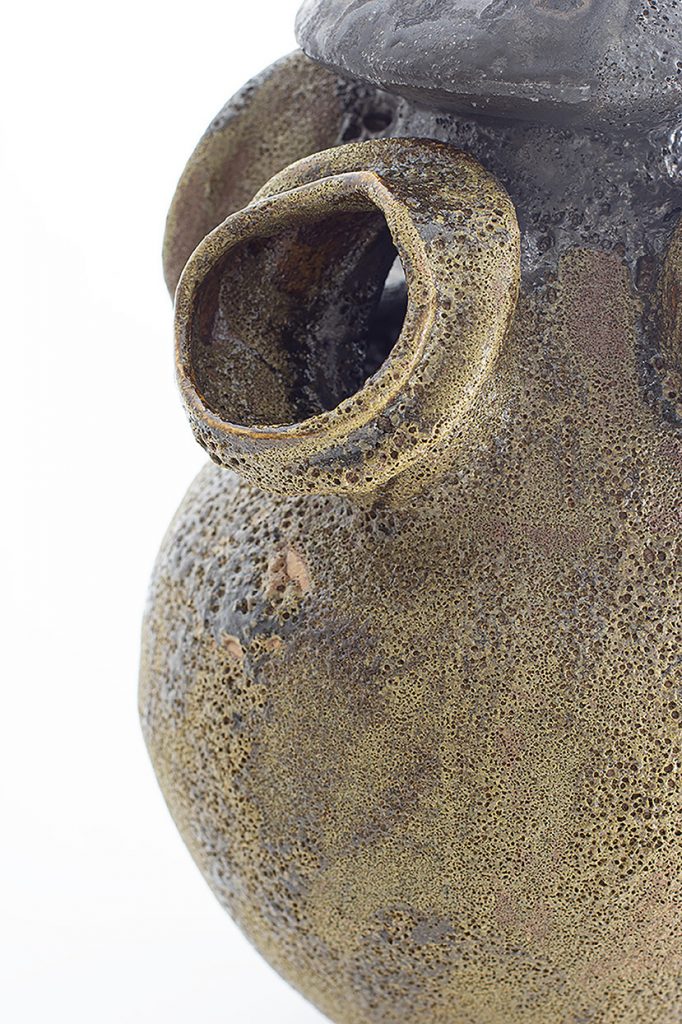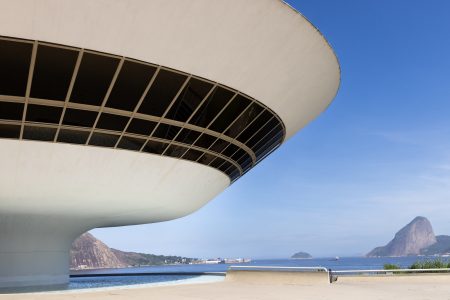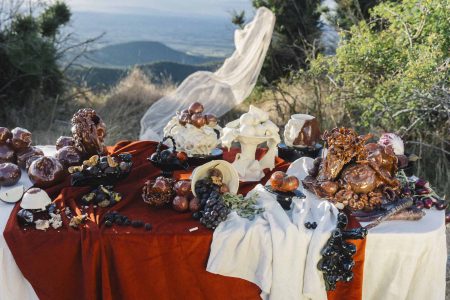Canoa Lab: Cartographic Drift
Through clay and metal, this experimental ceramic studio is building contemporary objects that hold a deep relationship to the past.
Within every object there is a story to unravel. From the materials to the person who made it, to the time in which it was created and the people who used it. This random set of experiences and events that exist within handmade objects can be read like a mapping of time and place, undefinable yet innately felt.
Using clay, metal and their own custom glazes, Raquel Vidal and Pedro Paz, the founders of the ceramic studio, Canoa Lab, are creating objects that tell a story; a story that is rooted in the past and reflective of the present. Vases, jars, and vessels, with their textural and granular surfaces, fit into an archaeological museum as easily as they do a contemporary gallery.
Vidal and Paz met while in university in Granada before going for a Master’s Degree in Artistic Production at the Polytechnic University in Valencia, where they have their studio today. The artists have referred to their work as ‘cartographic drift’, implying a sort of random wandering across the ages in which objects gather meaning and convey messages. “The idea of cartography has been with us for years”, they explain. “Since we met in Granada, one of our main interests was to observe, classify and redefine objects, map places and build spaces where we can tell our perceptual story”. Through researching the ceramic and stoneware heritage of the Mediterranean – Greek, Romans, Moors – they find forms and shapes that intrigue them and then adapt and built upon the forms to bring in new ideas and results.
Canoa Lab came to use clay and metal after years of working in other mediums, including painting, graphic design and photography, but their ideas about storytelling and mapping were always a part of their vision. “These materials appeared for a very simple reason – we wanted to start building contemporary objects that had a deep relationship with our past, and it turns out that both clay and metal are ancestral materials that, in addition to being essential for each society, serve, thanks to resisting the passage of time, as cartographic objects. They help us understand ourselves and rethink ourselves both in the past and in the future”.
They are now primarily using a traditional Valencian clay called grog, with a combination of coiling, casting and hand-building, as well as other techniques like lost wax casting for the metal pieces. They tend to work on different collections that remain open-ended – such as Arq or the Series N.3– as if the collection is a “living atlas” evolving and growing in tune with their process and vision. Chance and surprise are embedded in their process as well, adding to that sense of spontaneity and evolution.
Glazes are earth toned and often rough, crackling, and very textural in tones of cream, bone, brown, charcoal-like black, perhaps a deep olive green.
“All of our enamels are our own formulation. [We are] looking for overlaps between them and trying to find finishes that speak of memories, very old stories or objects that perhaps never existed. These enamels speak of a visit to the past, but always looking at the present, a surface where the Mediterranean dialogues with the East and its love for the passage of time and its patina,” they write.
Canoa Lab is currently presenting a collection titled ‘Deriva y Trampa’ at TRNK, New York, that is inspired by Alfarería de Trampa (Trap Pottery) – a centuries-old ceramics tradition from Valencia. Trampa pottery was made to play tricks on people, the bottle is made with multiple spouts so that any liquid spills out readily. This unexpected idea applied centuries ago to a utilitarian vessel is no doubt laden with great stories. As they explain, “This collection is worked from the perspective of chance, of letting go without being clear about the definitive form, a kind of serendipity, where chance and accident become the central axis”.
Through their work, Vidal and Paz are creating an experience of engaging with tradition and heritage, offering an appreciation of the connections that exist between past and present.
@canoa.lab
www.trnk-nyc.com
@trnknyc
